Monday Morning Update 6/7/10
From Aldous Snow: “Re: possible Twin Cities nurses’ strike. If it happens, it will be interesting to see how the out-of-state nurses being hired will deal with the EMRs.” The nurses’ union threatens a one-day walkout Thursday over staffing concerns and benefit cuts, news of which flooded the Board of Nursing with out-of-state applicants willing to replace them temporarily. You are right — how do you get thousands of one-day replacement nurses trained on software? If the strike really happens, someone should document how many help desk calls result, how many patient incidents occur, how much information is recorded on paper until the A-team comes back the next day, etc. Since we’re talking a lot about software usability lately, this might be the ultimate test of it.
From Dr. Daneeka: “Re: Nuance’s physician-only weekend. I went last year as the lead for my employer and found the experience worthwhile. I think it would be good for those who support doctors as well. I think early reg was extended to July. Disclosure: I own a few hundred shares of Nuance stock, but it’s because I like the product.” Nuance’s healthcare user group meeting will be held in Boston November 7-10, with the physician-only part starting the Saturday afternoon before. Thinking ahead, if the Red Sox were to win the World Series that could end the week before, you’d be right in the middle of a big party like I was one year when I went there for recreational purposes. This wasn’t an anonymous post, by the way – it’s from a real doctor and friend of HIStalk (not a Nuance PR plant, in other words).
From The PACS Designer: “Re: 4G wireless. We’re going to be seeing and reading more about fourth-generation (4G) wireless in the near future. As a refresher, it all started in 1981 with analog wireless (1G), then advanced to digital wireless (2G) in 1992, and finally in 2002 we got spread spectrum transmission wireless with multi-media support (3G). Some early 4G wireless applications over the last few years where mobile WiMAX and long-term evolution (LTE). The new 4G wireless brings all-IP packet-switched networks, mobile ultra-broadband (gigabit speed) access, and multi-carrier transmission. A 4G system will provide for a secure all-IP (Internet Protocol) based solution that features IP telephony, ultra-broadband Internet access, gaming services, and streamed multimedia for users.”
From Parker Selfridge: “Re: HIT purchasing decisions. Who makes them in private practices and in hospitals? I can’t find anything that says specifically. Is it doctors and nurses?” I don’t have any physician practice experience, but in all the hospitals I’ve worked in, doctor and nurse selection team members had little say beyond expressing a preference that was overridden in every case. The clinician demo score sheets, site visit notes, and architecture reviews were weighted minimally compared to CIO/CFO gut feeling about non-clinical vendor factors such as business performance, industry word of mouth, alleged product integration, perceived risk, and an anecdotal review of what other hospitals (of the “informal benchmark” category) were buying at that moment. There was also strong resistance to buying what the cross-town competitor used because that would appear imitative (interoperability advantages notwithstanding). Certain vendors relied on the urge of C-levelers to override the white coats, knowing their poorly designed products would play better in PowerPoint in a plush conference room instead of in the uncarpeted hospital areas. Predictably, the clinicians resented the time they had wasted in providing ignored guidance and were therefore lukewarm in their adoption of the also-ran.
From V.B. Shadow: “Re: e-mail update. I read most of my e-mail by iPhone and prefer content that is viewable directly instead of sent as a link.” My experience with HTML e-mail isn’t so good – spam filters kick them out a lot and readers get a huge file instead of a text link. But I’m sensitive to vox populi – who would rather see the full post in the e-mail instead of just the link?
From Stanford Blatch: “Re: usability. I agree that usability is a goal, that some systems are more usable than others, and that you can make measurements that are objective. I think the BlackBerry is more usable than the iPhone, but others think the opposite. You can’t ignore the subjective user in usability.” See below – usability does not imply an overarching summary of all possible user preferences, only that they can efficiently complete a set of defined tasks, i.e. order a lab or review active meds. Products with identical usability ratings aren’t necessarily interchangeable to individual users, and the entire user experience includes more than the specific task definition. And even then, I might prefer a lower-usability product for logical reasons.
From DrLyle: “Re: usability. Thanks for pointing out the very real science of Usability. I too thought that ‘usability’ was too subjective to actually be used in evaluation, but have since gotten involved with the HIMSS EMR Usability Task Force and learned how very real the study and reporting of Usability can be. This task force put out a great white paper on this subject of Defining and Testing EMR Usability (warning: PDF) last year.” Also check DrLyle’s blog post and his podcast interview with a usability expert (Episode #17). This is a really good overview paper, with content that’s fresh, concise, and doesn’t kiss up to vendors. Some of its conclusions:
- Usability may be the key reason that EMRs haven’t been more widely adopted.
- Usability is directly related to clinical productivity, errors, user fatigue, and user satisfaction.
- EMR usability is important because clinicians are mobile, doing distractive cognitive work while using the application, and not following a predictably linear progression of system use.
- Usability principles include simplicity, naturalness, consistency, minimizing cognitive load, efficient interactions, forgiveness and feedback, effective use of language, effective information presentation (density, color, readability), and preservation of context.
- Methods of evaluating usability of completed products include expert review, performance testing, risk assessment, and one-on-one testing.
That a good segue to the results of my last poll, which are far from conclusive. You said the best way to encourage usability (but only by a microscopic margin) is to publish independent usability reviews. CCHIT has promised (warning: PDF) to do this at some point, but in a manner that’s pretty much worthless (asking a panel of usability experts to rate product usability after watching a vendor’s remote Webex demo, all without clinician involvement). Also, will their standards be absolute or relative? i.e., if all products are bad, does the best of the bad ones get a perfect score?
New poll to your right: from Parker Selfridge’s question, which group carries the most weight when hospitals buy clinical systems? Note that I’ve opened up an “add your own answer” field in case I missed one.
Thanks to Inga for capably covering for me while I took a little break. It’s nice having someone I trust to keep HIStalk going so I don’t have to worry about it. Before my break, I noticed that HIStalk was coming up a bit slowly on weekday mornings when hundred of readers hit the site at once, so I had it moved to a bigger server. Hopefully you’ll notice a positive difference. For my fellow nerds, it’s now running on a virtualized server with dual Xeon processors, 1.5GB of dedicated RAM, and hot-swap RAID-10 drives.
If you know mobile healthcare computing, are an excellent writer (a geeky medical resident would be cool!), and are interested in paid gig (part-time, permanent, fun, flexible) let me know.
Listening: Silversun Pickups, fresh, LA-based alternative rock. I’d call them Breeders meets Nirvana with some Red Hot Chili Peppers thrown in. Like it lots.
A Fort Worth ambulance service is testing a service called Invisible Bracelet, in which people carry a uniquely numbered ID card or driver’s license sticker that allows paramedics to access their health history and emergency contacts. Enrollees pay $5 per year and complete an online questionnaire with the needed information. It’s a registry service of the American Ambulance Association.
Sponsor news:
- New York eHealth Collaborative, a Regional Extension Center, chooses Sage Intergy EHR as a preferred product
- Picis has chosen Clinical Architecture’s Symedical product, a terminology mapping system, to enable new medication decision support capabilities for the Picis CareSuite high-acuity product line.
- I should have noticed this sooner: the Web site of healthcare IT consulting firm Quality IT Partners linked to HIStalk and included these nice comments: “Keeping up to date on healthcare news is key for all of us here at Quality, and we are very impressed with the content, contributions, and delivery of the information HIStalk provides.” Thanks!
- MedMatica Consulting Associates has posted a series of one-page MedMatica Minutes that contain concise overviews of individual topics, with the latest one being on recruiting candidates.
- EDCO Group is offering a June 29 Webinar on reducing the cost of scanning and indexing documents, which it says averages 20 cents per page.
- Red Hat announces availability of Fedora 13, the latest upgrade to its free operating system. The company will have a significant presence at the 2010 Red Hat Summit and JBoss World in Boston on June 22-25.
- asquaredm offers its assessment services with a typical completion timeframe of 30 days.
- 3M Health Information Systems releases a breach notification tool as part of its ChartRelease and DisclosureTrac applications. It automates the process of notifying patients about data breaches.
- Stratus Technologies announces (warning: PDF) its Avance 2.0 software, which configures itself to perform hardware and host-level software monitoring, perform fault detection, and resolve 150 critical operating system situations.
- Philips has demonstrated a prototype of its pathology slide scanner and image management system for digital pathology.
- Intellect Resources is posting some of it hot jobs on Facebook.
The city of Cincinnati, whose declining sales tax revenue leaves it unable to make payments on the two riverfront stadiums it built in the 1990s to prevent the horror of having its pro sports teams bolt for greener artificial pastures, gets an out-of-the-box solution proposal from a county commissioner: chop by nearly 50% the funds the city pays to its big hospitals, University Hospital and Cincinnati Children’s, for trauma and safety net services to the indigent.
Motorola spinoff Freescale announces Intelligent Hospital, a kiosk for homes or public areas that allows sending a variety of instrument-captured vital signs to a doctor or hospital: height, weight, temp, BP, pulse, a one-lead EKG, pulse ox, blood glucose, and spirometry. It was developed in Mexico.
Surgeons in Japan are using the iPad as a display during surgery.
Houskeeping: put your e-mail in the Subscribe to Updates box to your right to get instant updates. The new Search box digs through seven years’ of HIStalk plus HIStalk Mobile and HIStalk Practice, so feel free to see what we’ve said about companies and people. Sponsors post jobs free on the jobs page. If you find Inga and me likeable, feel free to say so by clicking the Like option on our Facebook widget to your right (the one with reader pics, each of them extremely attractive, if I may say). The HIStalk Calendar has many cool events listed and you can add your event for free. I’m always on the prowl for Readers Write articles (500 words, no commercial pitches, provider submissions preferred). Lastly, please take a moment to scour and click the sponsor ads to your left since those companies took the ultimate leap of faith in sponsoring an anonymous, caustic blogger who might take a swipe at them every now and then if they deserve it. Thanks to every reader and sponsor — you have no idea how important you are to me.
Jobs: Business Systems Analyst, Product Marketing Manager, Allscripts Consultant, Remittance Product Manager.
A Weird News Andy find: a Sydney, Australia hospital runs out of food, so the nurses tell an inpatient with a staph infection and IV line to try nearby restaurants for something to eat. He heads out in the rain without an umbrella and walks nearly a half mile to a kebab shop, then returns to the hospital drenched. The hospital says staff didn’t follow policies on obtaining after-hours meals for patients.
ONCHIT announces a new enrollment subcommittee of the HIT Policy Committee that will recommend standards for electronic enrollment of patients in federal and state insurance programs.
A Florida Board of Medicine member wants the board to issue a statewide warning about EMRs, following an incident in which an OB-GYN missed an abnormal Pap smear and blamed the EMR. The OB-GYN punished the EMR by replacing it, while the Board of Medicine punished the OB-GYN with a $20,000 fine, a risk management review, and 100 hours of community service. The board member, a dermatologist, said “"I think the Department of Health needs to put out a warning to physicians that they need to look at their programs’ default settings. This year we have seen as many if not more medical records violations from electronic medical records as we saw from hand-written records violations.”
More executive turnover at athenahealth: COO David Robinson and corporate development SVP Nancy Brown will leave the company, replaced by CTO Ed Park and SVP Derek Hedges, respectively. Market reaction was negative, with shares dropping nearly 9% and closing barely above their 52-week low. Stock price has retreated nearly 50% in five months.
Regenstrief will release its new version of the LOINC medical vocabulary today (Monday). The free download page is here.
Everybody who’s worked in a academic medical center will be surprised that this is newsworthy: the worst month to be hospitalized is July, when the fresh crop of medical residents starts making their newbie mistakes. At our place, it’s full alert month as residents starting ordering non-existent drugs and tests, make major diagnostic errors, and fumble their way through their first cases. No wonder the attendings have gray hair.
Free EMR vendor Practice Fusion will partner with Dell to offer hardware, software, and services to physician practices. A package for 3-4 users (PCs, scanners, printers, and connectivity hardware) will cost around $3,000. The press release notes that the company has doubled headcount to 41 since fall.
Federal CTO Aneesh Chopra writes a Huffington Post editorial, talking up the Community Health Data Initiative and a competition for apps that encourage children to eat healthily. The CHDI work page has downloadable data sets in case you want to build something yourself. I really like that idea, especially after reading this result: “Recently a retired telecom employee in rural New Hampshire won $30,000 by proposing a new, scientific approach to helping forecast solar activity – solving the problem faster than NASA could have by itself and with a novel approach the agency had not considered.”
iSoft says its expected 2010 profit will fall short by half because its UK payments have been delayed over its missed go-live dates and political uncertainty.
Strange: Cannabis Medical Solutions announces its medical marijuana prepaid card, which includes a loyalty reward system.


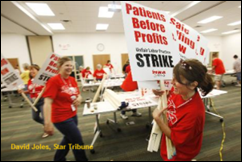
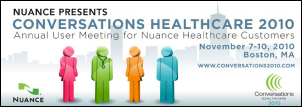




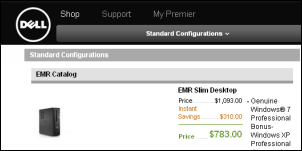
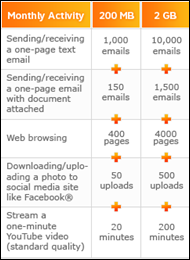


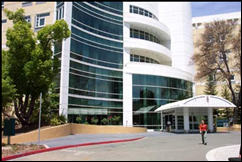
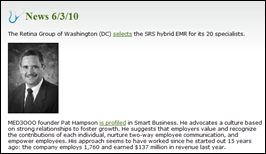

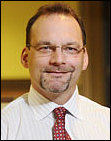




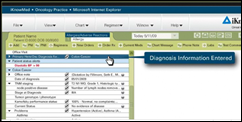



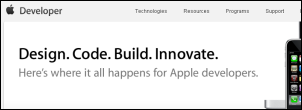
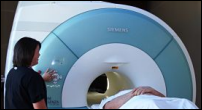
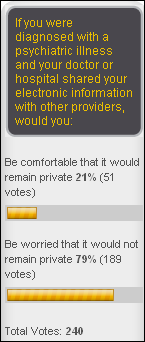
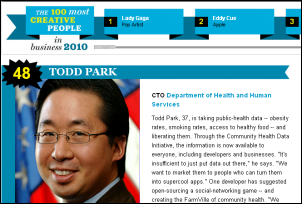


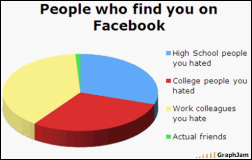
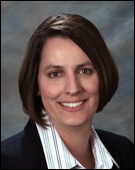
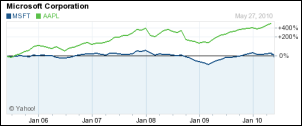


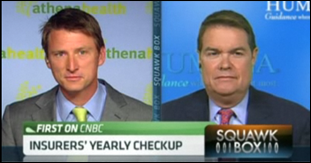


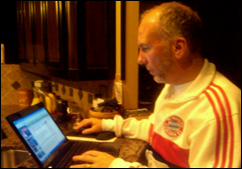
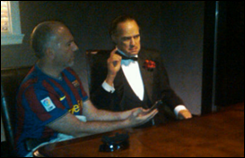

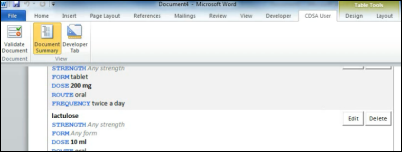

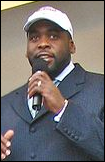

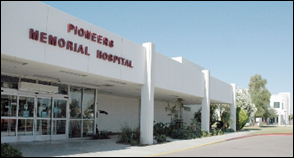





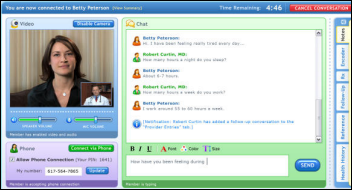
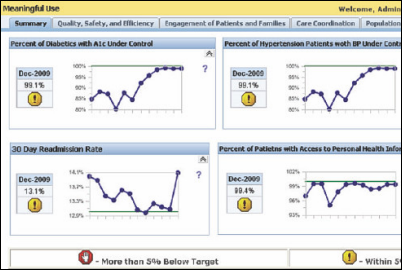

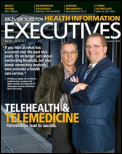
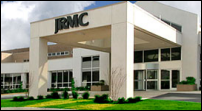
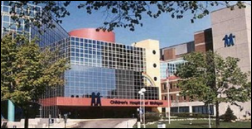




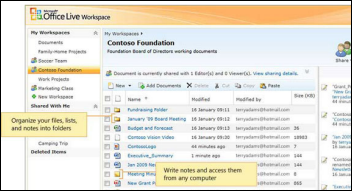
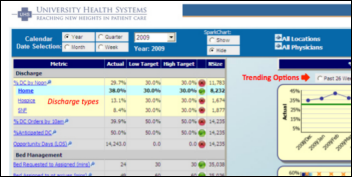

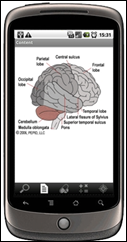





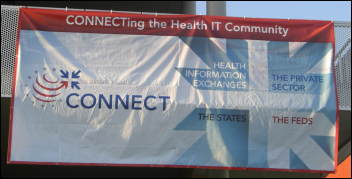


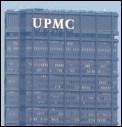
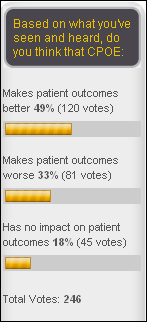
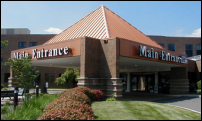

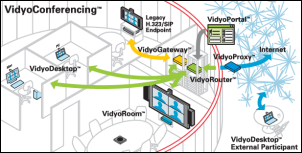


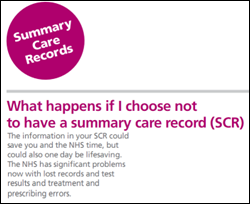

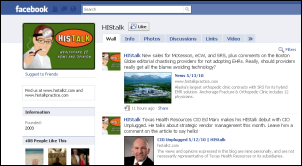
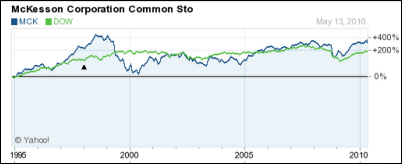
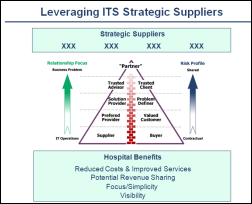

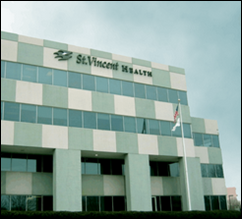




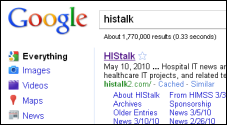
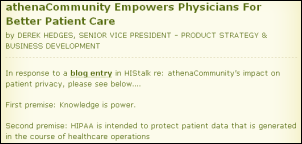


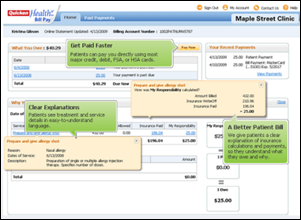

Traditionally Professional Courtesy is something that physicians gave each other - but we had to be careful with it when…